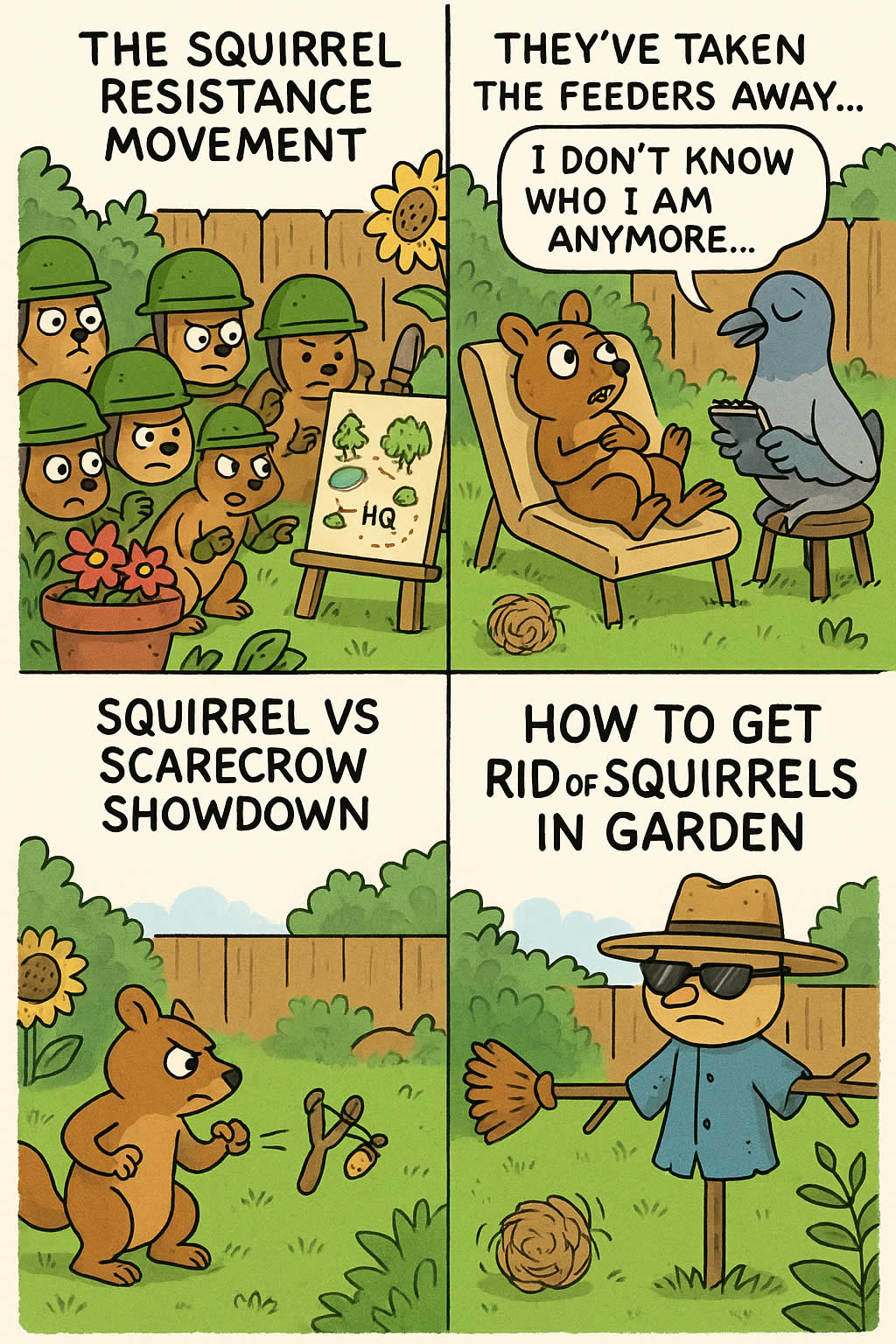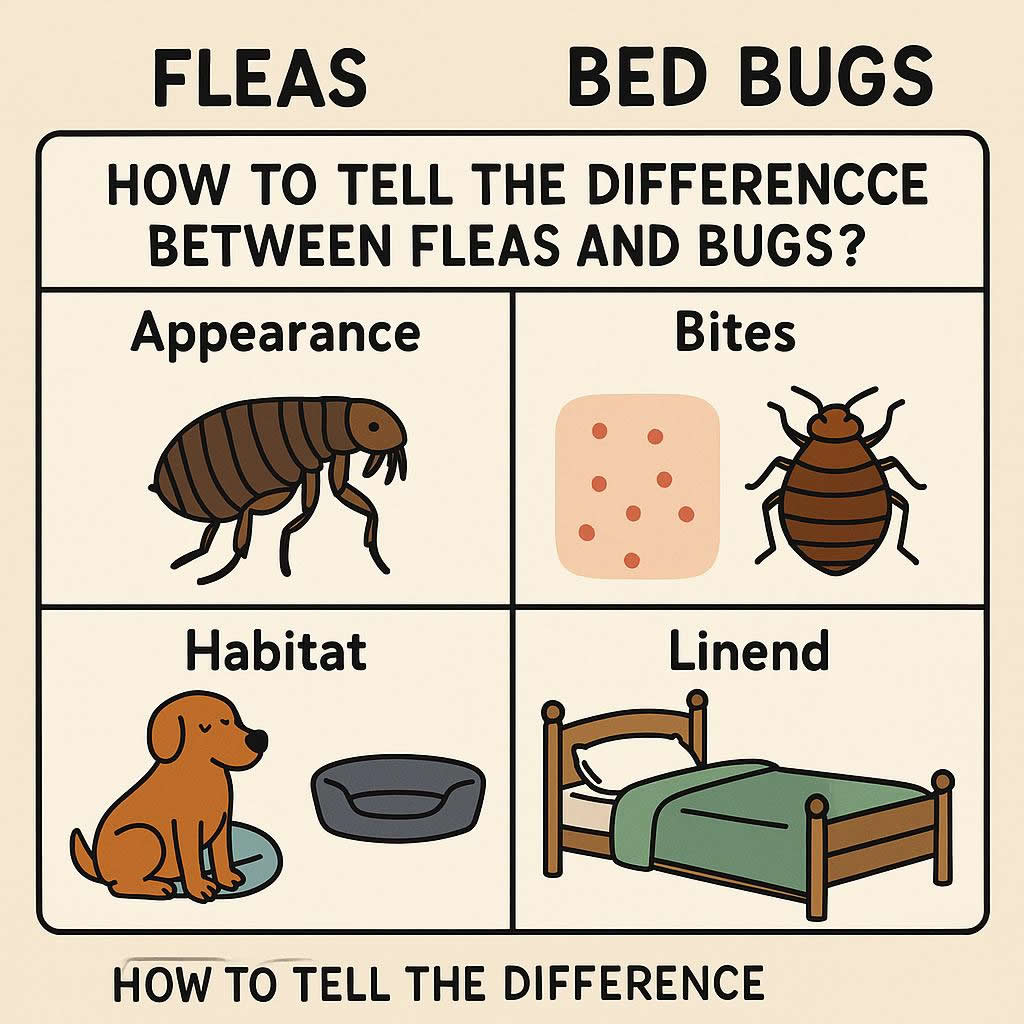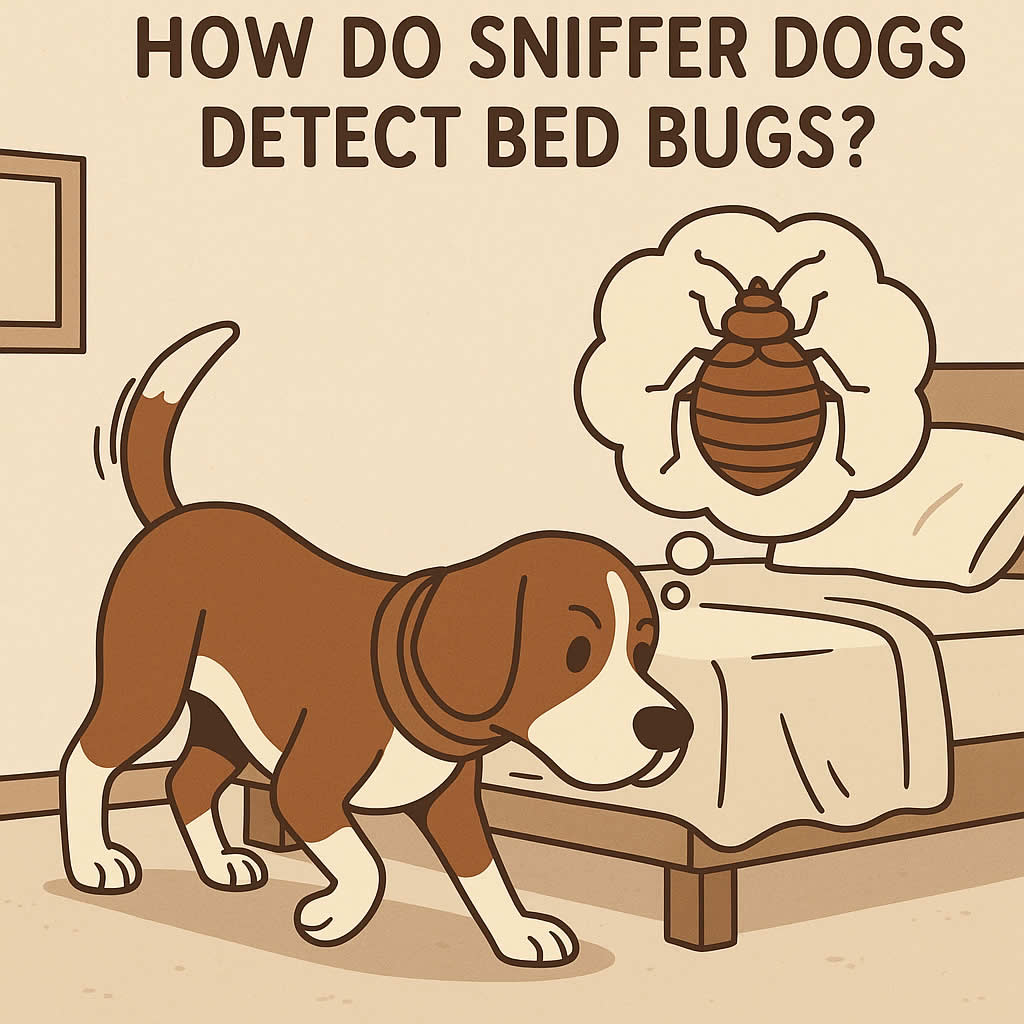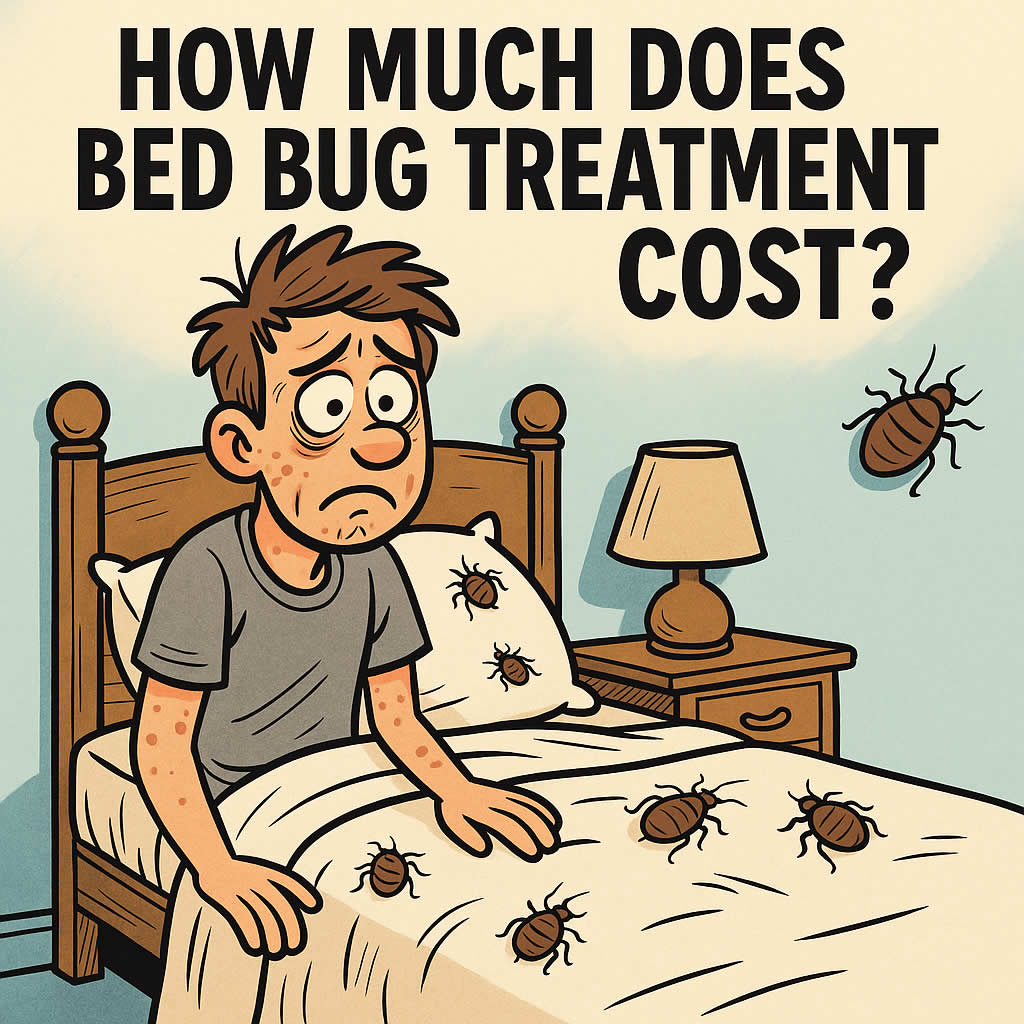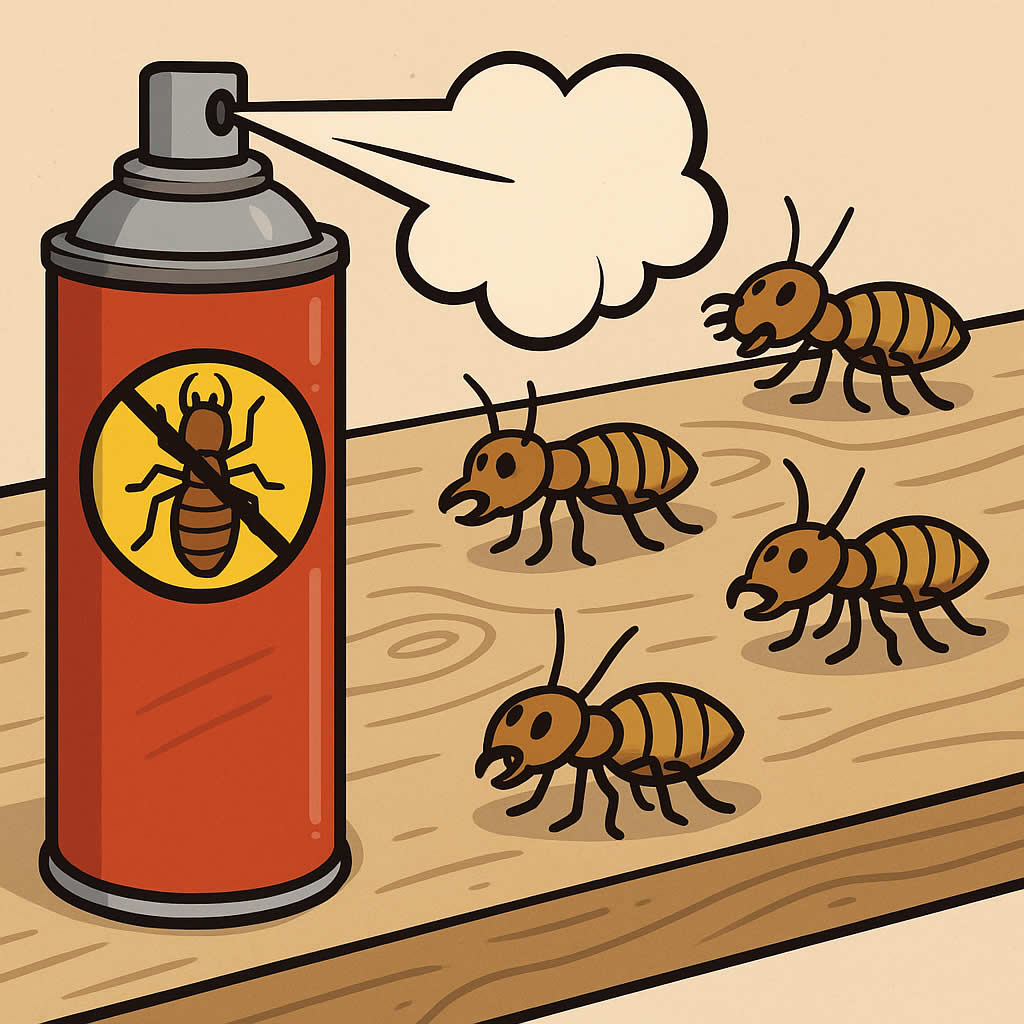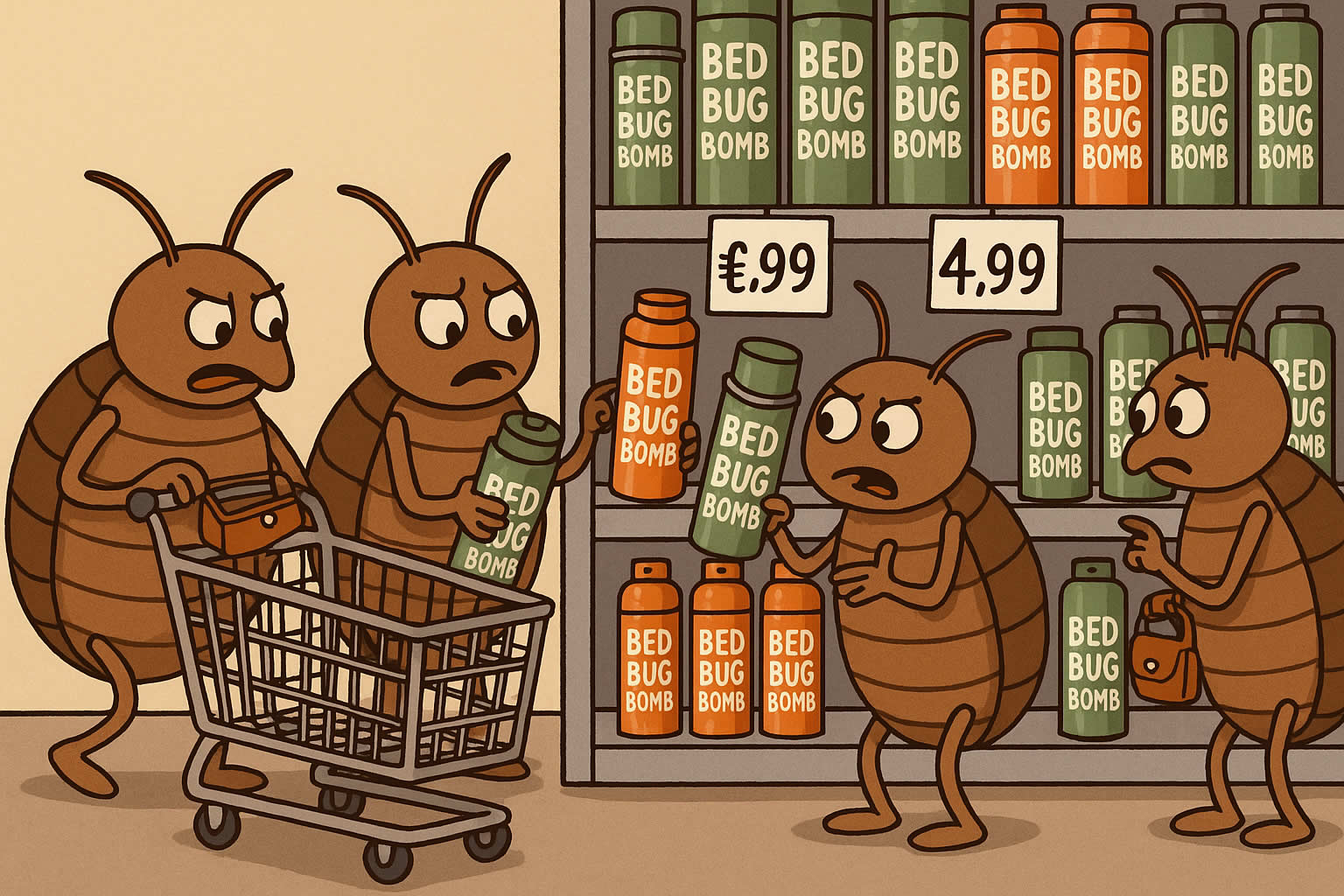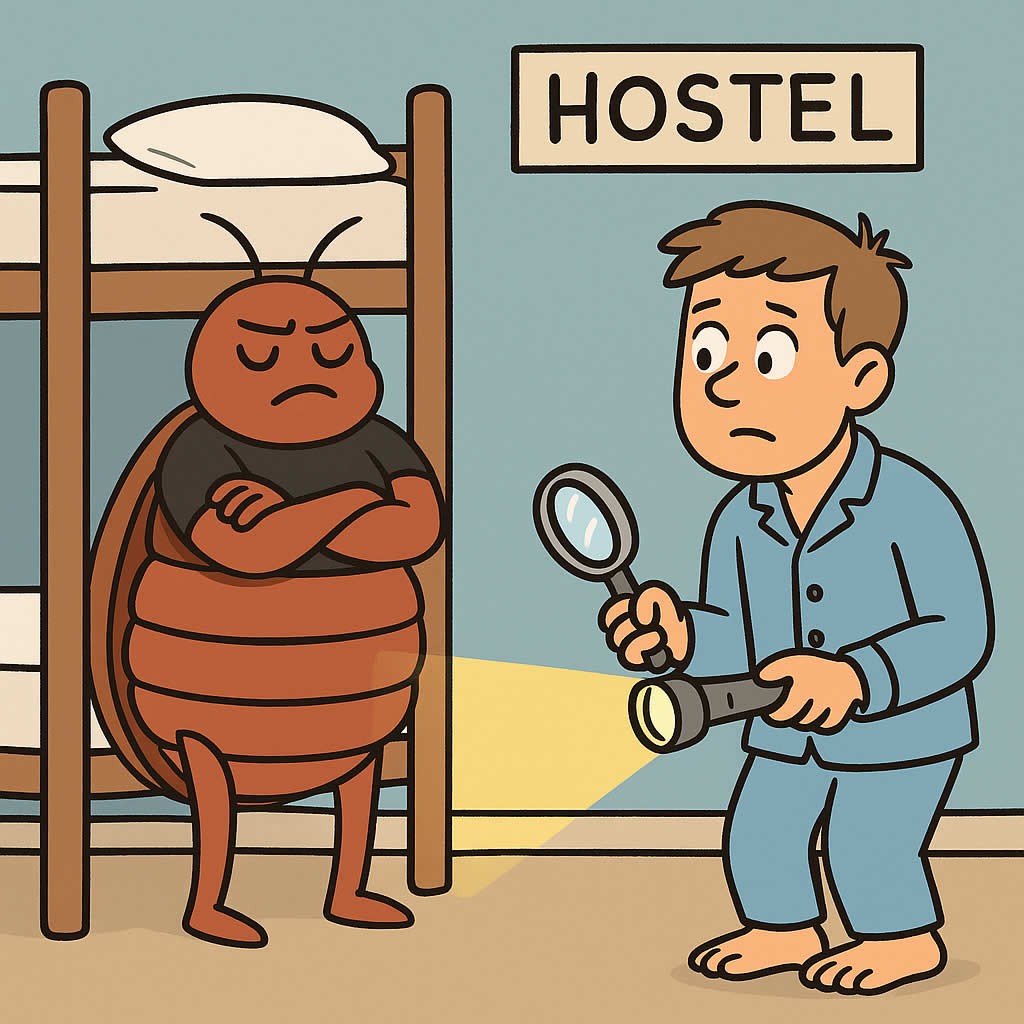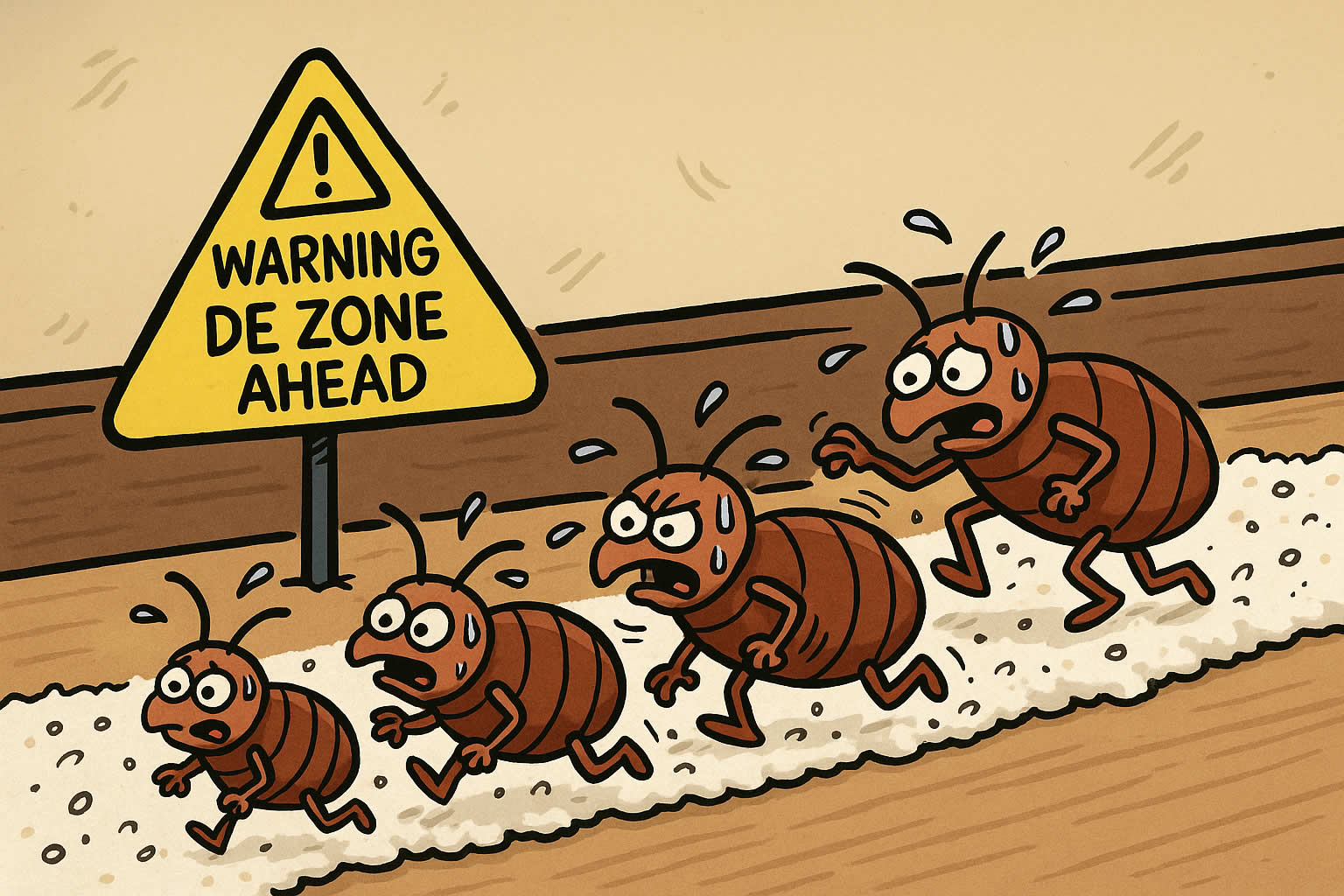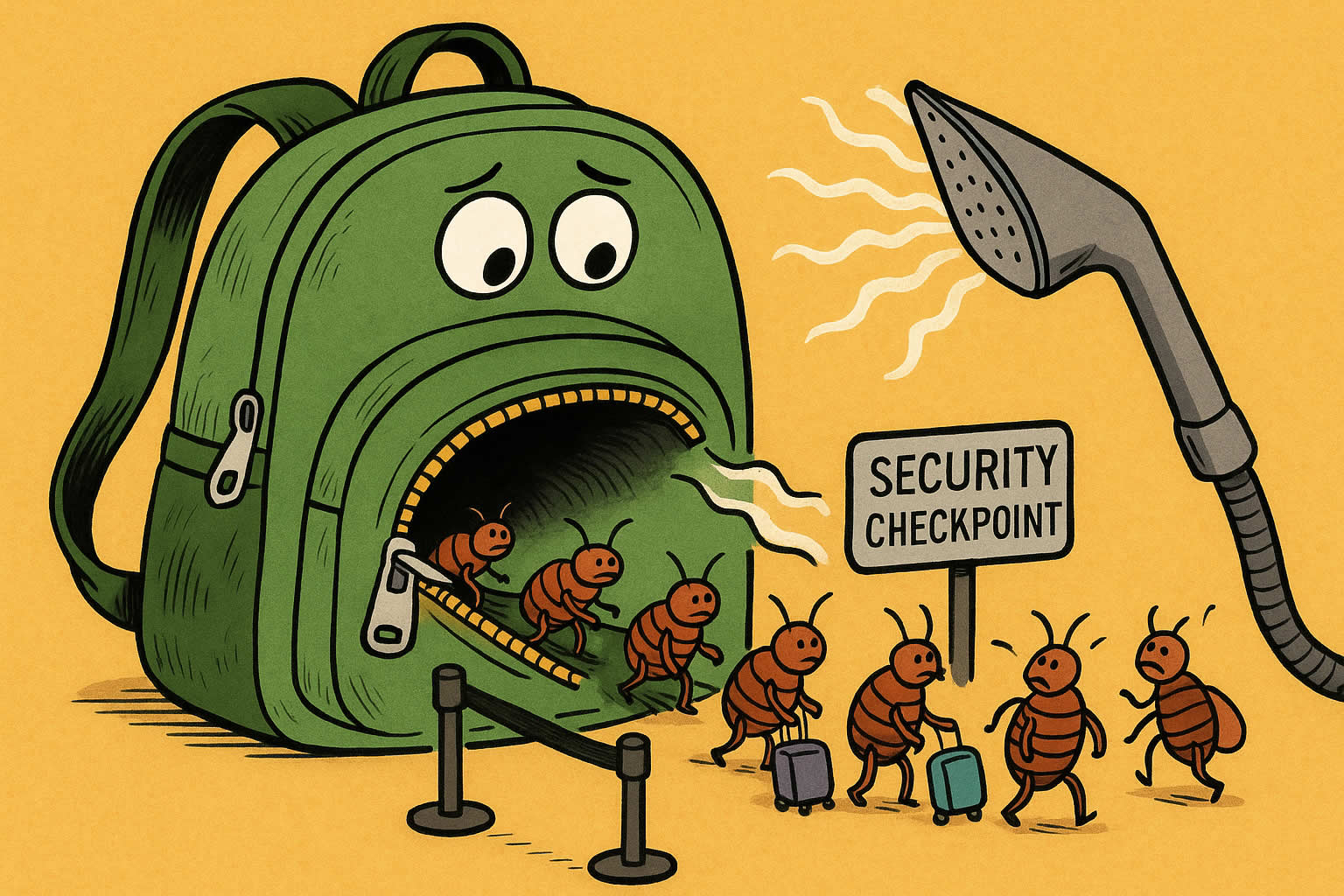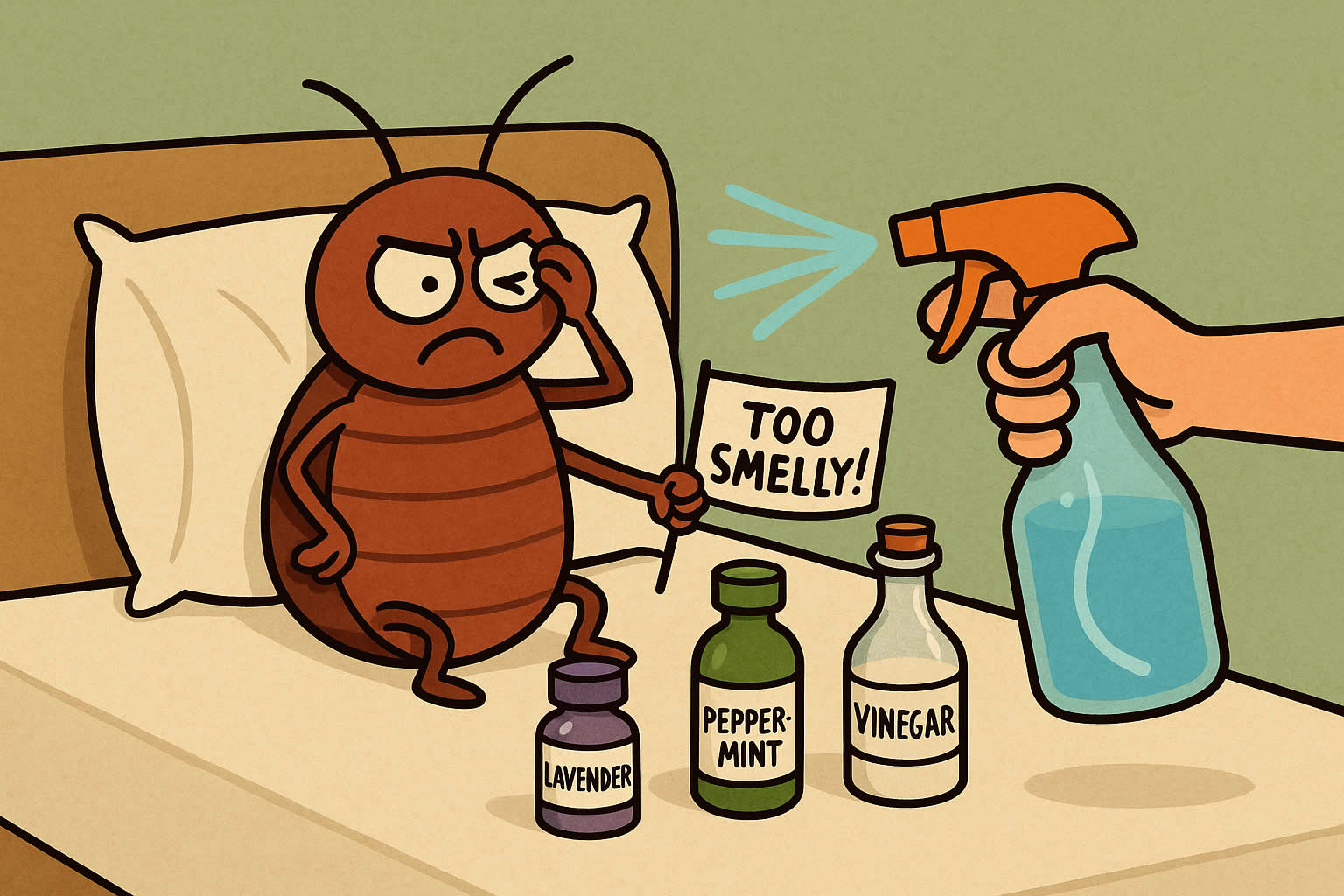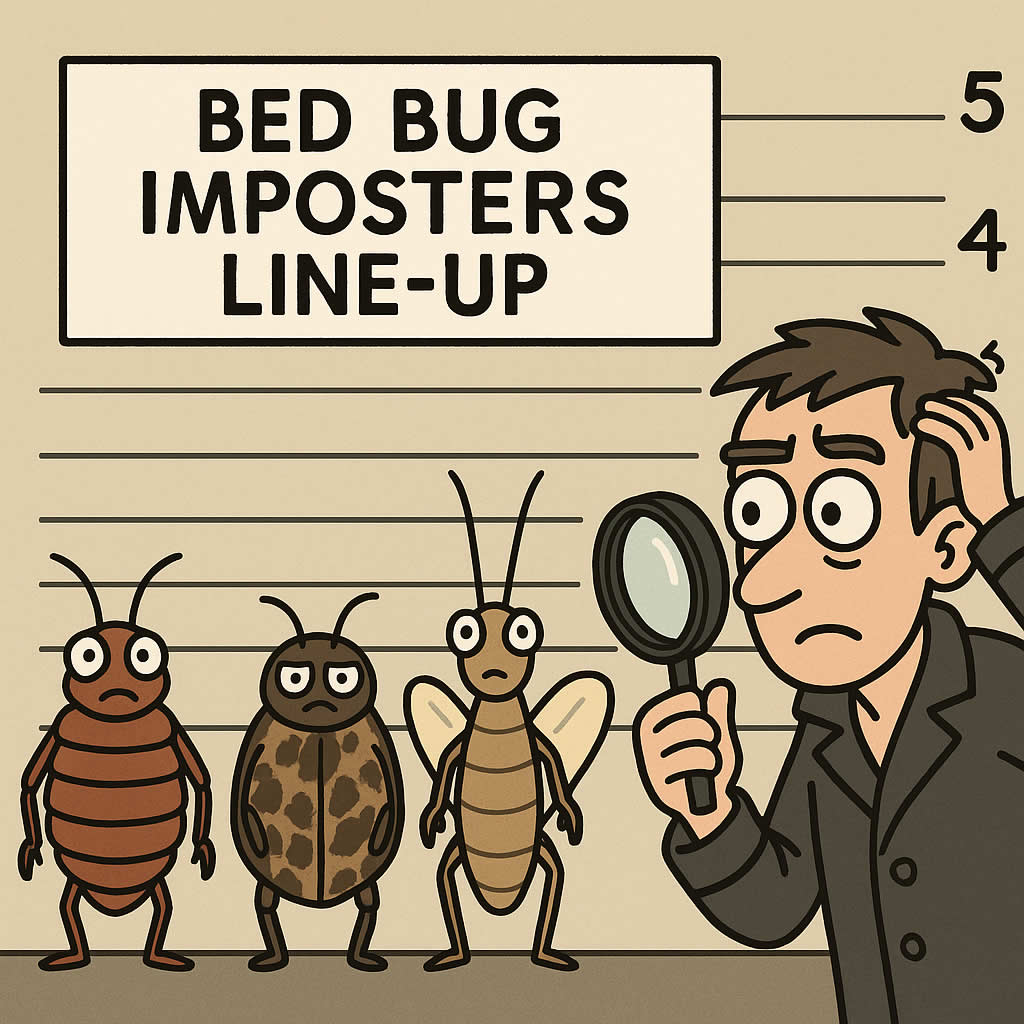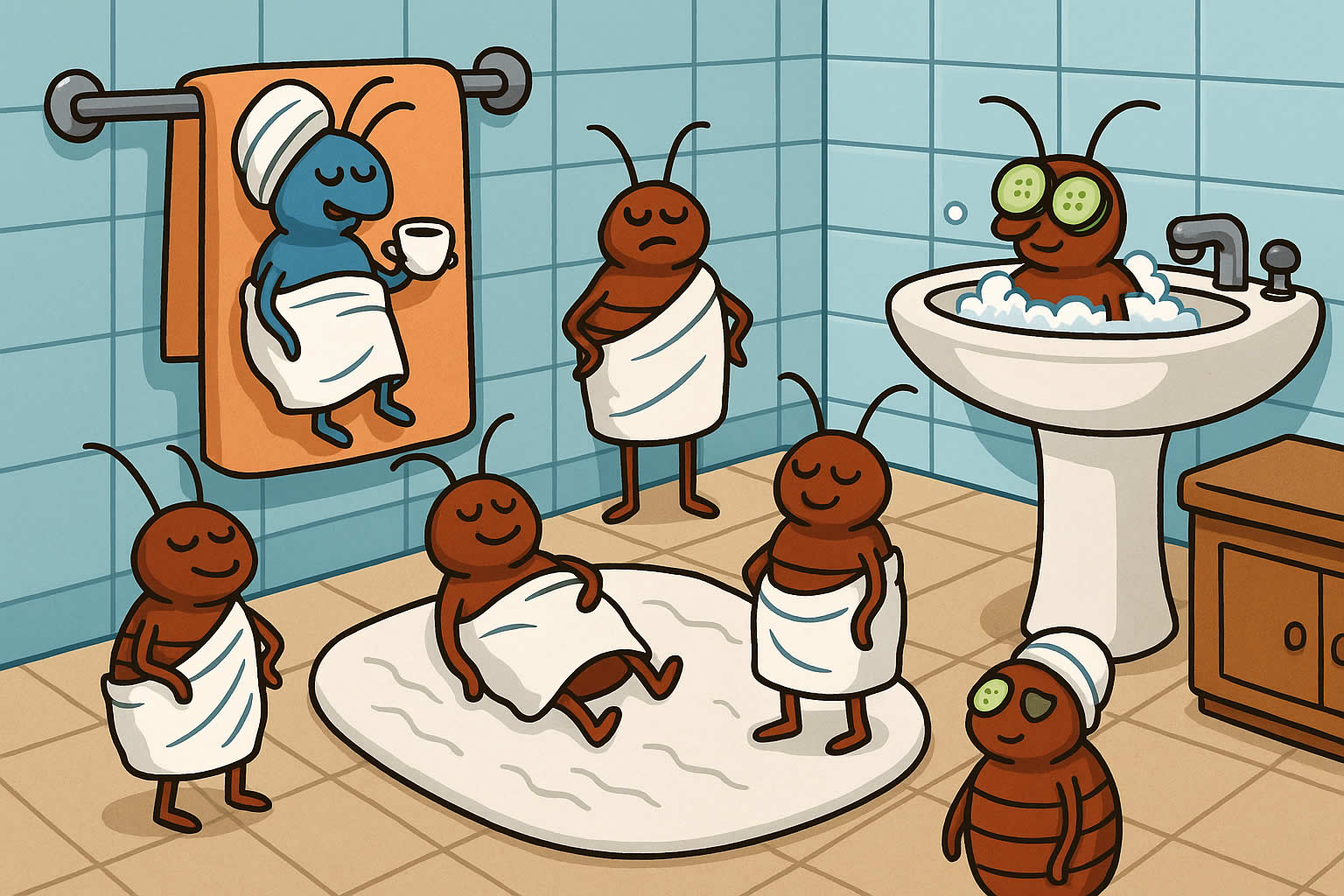Related Queries
ToggleDid you know gray squirrels can leap surprising distances, making it incredibly challenging for us to figure out how to get rid of squirrels in garden spaces? These nimble creatures, introduced to the UK from the United States in the 1870s, have expanded their range significantly and now regularly wreak havoc in our carefully tended gardens.
We’ve all experienced the frustration of finding freshly planted bulbs dug up or bird feeders completely ransacked. In fact, squirrels typically have two litters annually—one between February and March and another from June to July—which explains why they seem to be everywhere! Additionally, these persistent pests are particularly attracted to gardens offering easy access to food and shelter, causing extensive damage by digging in freshly turned soil, eating fruits and vegetables, and creating general chaos.
Fortunately, there are effective ways to deter squirrels from our gardens. From protective chicken wire cages to natural repellents like freshly cut human hair or garlic sprays, we have multiple options to try. Though some gardeners find success with visual deterrents such as plastic owls or shiny objects, these typically offer only temporary relief. In this guide, we’ll explore proven methods that actually work to keep these garden invaders at bay without causing them harm.
Understand the Legal and Ethical Approach
Before attempting to remove squirrels from your garden, understanding the legal framework is essential. Gray squirrels are classified as an invasive non-native species in the UK, which significantly impacts how we can legally manage them.
Why relocating gray squirrels is illegal
Many gardeners assume that live-trapping and relocating squirrels is a humane solution, however, this approach is strictly prohibited by law. Under The Invasive Alien Species (Enforcement and Permitting) Order 2019 and the Wildlife and Countryside Act 1981, relocating gray squirrels is illegal. Furthermore, gray squirrels appear on the International Union for Conservation of Nature’s list of 100 worst invasive non-native species.
The legal restrictions exist because:
- Gray squirrels pose documented threats to native wildlife and habitats
- Releasing them elsewhere simply transfers the problem
- Under Schedule 9 of the Wildlife and Countryside Act, it is illegal to release a gray squirrel into the wild or allow one to escape
This creates a challenging situation for homeowners who trap squirrels. According to UK law, if you trap a gray squirrel, you are legally obligated to humanely dispatch it rather than release it. The Destructive Imported Animals Act 1932 even makes it an offense to keep a gray squirrel in captivity without a license.
The importance of humane deterrents
Given these legal constraints, I recommend focusing primarily on prevention and deterrence rather than removal. Despite their legal status, killing squirrels rarely solves garden problems long-term. Other squirrels typically replace them within as little as a month.
Humane deterrents offer several advantages:
First, they address the root causes attracting squirrels to your garden—namely food and shelter. By removing these attractants, you create a naturally squirrel-resistant environment without the ethical complications of lethal methods.
Second, humane approaches generally work better over time. Even professional pest controllers acknowledge that lethal control should only be considered when “there’s a serious problem and alternative non-lethal means are ineffective or impractical”.
Moreover, trapping presents additional ethical concerns. Spring and early summer trapping could separate mother squirrels from their babies, leaving the young with no chance of survival. Additionally, squirrels become highly stressed in traps, potentially causing themselves injury while attempting to escape.
Instead of focusing on removal, concentrate on making your garden less appealing. Prevention remains the most effective and legally straightforward approach. Deterrents that modify your garden’s accessibility and food availability will generally prove more successful than attempts to remove squirrels after they’ve already established themselves.
If you’re experiencing persistent problems despite using deterrents, consider consulting professionals who understand both the legal requirements and ethical approaches to squirrel management. They can provide guidance tailored to your specific situation while ensuring compliance with relevant wildlife protection laws.
Make Your Garden Less Inviting
The most effective way to get rid of squirrels in garden spaces is to make your habitat less appealing to them. Since it’s nearly impossible to completely prevent squirrels from entering your garden, we need to focus on reducing what attracts them in the first place.
Use squirrel-proof bird feeders
Squirrels are highly attracted to bird seed and can empty a feeder in no time. Investing in specialized squirrel-proof bird feeders is an excellent first step:
- Cage-style feeders surround food dispensers with stout wire cages that allow smaller birds access while excluding squirrels
- Weight-activated feeders close off feeding ports when a squirrel’s weight is detected
- Pole-mounted feeders can be greased to prevent squirrels from climbing
For maximum effectiveness, place feeders at least 2 meters off the ground and away from trees, fences, or other structures. Remember that squirrels can leap surprisingly far, so consider the positioning carefully. Keep the area beneath feeders clean of dropped seeds as this also attracts squirrels.
Cover bulbs with mesh or wire
Spring bulbs are vulnerable to squirrel damage, especially tulips and crocuses. Fortunately, several protection methods work well:
For pot-planted bulbs, create a wire cover and weigh it down on top. Once bulbs start growing, they become less attractive to squirrels, so this protection can typically be removed after initial growth appears.
For ground-planted bulbs, place wire netting over the area after planting and stake it down. You can then cover it with soil or mulch. The bulbs will happily grow through the holes in the chicken wire, but squirrels won’t be able to dig down to them.
Alternatively, place groups of bulbs inside planting baskets designed for aquatic plants, cover the top with chicken wire, and sink this into the ground at the correct depth. This creates a permanent protection system.
Avoid feeding squirrels directly
While some gardeners set up feeding stations hoping to distract squirrels from their prized plants, this strategy often backfires. Providing food only attracts more squirrels to your garden and teaches them your space is a reliable food source.
Even the White House gardeners, who plant some 12,000 tulip bulbs yearly, have found that providing alternative food sources near plantings can protect bulbs during the critical three-week period after planting. Nevertheless, this approach runs the risk of simply attracting more squirrels over time.
Clean up fallen nuts and fruits
Squirrels have an excellent sense of smell and can detect food sources from a distance. To make your garden less inviting:
- Promptly clean up fallen seeds, nuts, and fruits from trees
- Dispose of bulb debris (papery outer layers, damaged bulbs) immediately
- Keep your garden free of trash and ensure garbage cans are securely closed
- Maintain clean areas under bird feeders
Additionally, consider growing plants squirrels tend to avoid, including daffodils, hyacinths, lily of the valley, snowdrops, and alliums. These bulbs produce scents that squirrels find unappealing, making your garden naturally less attractive.
Remember that creating a less inviting environment doesn’t mean your garden won’t still attract these clever creatures occasionally. Hence, combining multiple deterrent strategies typically works better than relying on just one approach.
Protect Your Home and Roof Areas
Securing your home is a crucial aspect of squirrel management that many gardeners overlook. Squirrels can jump six to eight feet horizontally and often use our homes as entry points to establish nests—particularly in attics and soffits. By addressing these structural vulnerabilities, I can significantly reduce squirrel problems throughout my entire property.
Seal roof gaps and soffits
Squirrels only need a gap of 1.5 inches to gain entry through the roof. Common entry points include:
- Gaps between the roof and walls (required for ventilation)
- Damaged soffits and loose shingles
- Spaces behind gutters
- Fascia boards along the roofline
To identify these entry points, I’ll use a powerful flashlight at night and shine it at the same angle as my roof pitch. Any light visible from outside indicates potential entry holes. For proper sealing, I’ll avoid using expanding foam in a can as squirrels can easily chew through it, and it often creates messy overflow.
Instead, the most effective approach is installing drip edge—an L-shaped metal piece that slips under the shingles and butts against the gutter back. This not only prevents water damage but serves as excellent “armor” against squirrels attempting to enter through the gutter route.
For existing gaps, secure galvanized steel wire mesh (16 gage with maximum 25mm openings) to the building. This mesh must be firmly attached as squirrels are surprisingly strong and can dislodge poorly installed barriers.
Trim overhanging branches
Trees create natural highways for squirrels to access my roof. Any branches extending to within ten feet of my roof provide easy jumping access. I should:
- Identify all trees with branches overhanging or near my roof
- Trim branches to maintain at least a 10-foot clearance from the roof edge
- Pay special attention to tall trees that provide direct roof access
Beyond trees, electrical wires often serve as elevated pathways. To block this access route, I can install sections of slim PVC pipes over cables—when squirrels attempt to traverse these, the pipes will spin, causing them to lose footing.
Use wire mesh to block entry points
Wire mesh is one of the most effective physical barriers against squirrels. For comprehensive protection:
- Use welded, galvanized steel wire mesh of 16 gage with no more than 25mm openings
- Focus on ventilation points, spaces between roof and walls, and areas behind gutters
- Install mesh at the eaves by stripping out the bottom tile, fixing the mesh to the top of fascia boards, and reinstating the tiles
Many newer homes have specialized eave systems designed to prevent wildlife entry. For older homes without these features, I can retrofit with mesh screens or plastic bird guards. These systems work by covering the gaps while still allowing proper ventilation.
For areas where squirrels have already created entry points, I must first ensure all squirrels are out before sealing. Squirrels typically have two active periods daily—dawn and late afternoon. By observing during these times, I can determine if a nest is active.
Ultimately, protecting my home’s structural integrity not only prevents squirrel damage to my roof but also eliminates one of their primary nesting opportunities, making my entire garden less attractive as habitat. Keeping my home in good repair—particularly eaves timbers, barge boards, soffits, and roof tiles—will prevent new entry points from developing.
Handle Nesting and Baby Squirrels Carefully
Dealing with squirrel nests requires patience and careful timing, even as we work to keep squirrels out of our gardens. Unlike other pest issues, nest removal has both ethical and practical considerations that influence our approach.
How to check for active nests
Squirrels typically build two types of nests: dreys in trees and nests inside lofts or attics. To determine if a nest is active, I look for these signs:
- Fresh materials added to the structure
- Squirrel activity around the nest, particularly during dawn and late afternoon
- Visible young squirrels nearby
- Sounds coming from inside the nest
For loft nests, I observe from a distance during squirrels’ peak activity periods. Gray squirrels are most active mid-morning and mid-afternoon when they’re out foraging, making these ideal times to check for nest occupancy without disturbing them.
When to block access to lofts
Timing is crucial when blocking access to lofts. First, I must confirm there are no baby squirrels present. Subsequently, I follow these guidelines:
If no babies are present, I block access points during mid-morning or mid-afternoon when squirrels are typically away foraging. Initially, I ensure all squirrels have left before sealing entry points.
Alternatively, if I discover a nest in autumn, I work promptly to encourage squirrels to prepare nests outside for winter. Given that squirrels maintain several dreys within their territory, blocking access early helps redirect them to outdoor nesting sites.
What to do if you find baby squirrels
Finding baby squirrels presents a unique challenge. Under current legislation, it’s illegal for wildlife rehabilitators to rear and release gray squirrels that have become separated from their mothers.
For this reason, if I find baby squirrels, my primary goal is reuniting them with their mother. Female squirrels will often collect and relocate their babies to an alternate nest site, even if the original nest is damaged.
If I find babies that have fallen from a nest, I:
- Keep them where they were found
- Place them in a basket or container secured in the tree where they fell
- Monitor from a distance as the mother will usually return to collect them
Above all, I avoid handling baby squirrels unless absolutely necessary. If the mother doesn’t return after several hours of daylight, or if babies appear injured, contacting a veterinarian is the most humane option.
Remember that if baby squirrels are in your loft, you should wait until they’ve left the nest (around 10-12 weeks old) before blocking access. This typically means waiting until you’ve observed the young foraging outside for two to three weeks.
Use Deterrents and Control Methods Responsibly
When considering how to get rid of squirrels in garden areas, many gardeners contemplate traps or lethal methods. Yet understanding the most effective approaches requires looking beyond quick fixes toward sustainable solutions.
Why killing squirrels is not effective
Contrary to popular belief, lethal control rarely solves squirrel problems in the long term. When squirrels are killed, neighboring squirrels quickly move into the vacant territory—sometimes within as little as a month. This constant replacement makes killing an ineffective strategy for maintaining a squirrel-free garden.
Furthermore, lethal methods often create a revolving door effect. As long as your garden provides food and shelter, new squirrels will continue to arrive regardless of how many you remove. Ultimately, addressing what attracts squirrels to your garden yields better results than attempting to eliminate them after they’ve arrived.
Safe use of repellents and traps
If you decide to use repellents, consider these options:
- Natural deterrents: Placing ammonia near known squirrel nests can be effective temporarily. Another approach is using predator scents (fox, cat, or dog) to trigger squirrels’ natural avoidance instincts.
- Commercial products: Specialized repellents like “Squirrel Away” or “Scoot” are available at garden centers. Always follow the manufacturer’s instructions precisely.
I avoid cayenne pepper sprays despite their popularity. These can cause pain and temporary blindness if squirrels get the substance in their eyes. Likewise, mothballs should never be used as they’re toxic to children, pets, and wildlife.
If using traps, check them at least once daily to prevent unnecessary suffering. Remember that under UK law, you cannot release a captured gray squirrel—you are legally obligated to humanely dispatch it.
When to call a professional
Professional help becomes necessary whenever:
- You’ve tried multiple deterrents without success
- Squirrels have caused structural damage to your home
- You’re uncomfortable with the legal requirements for handling trapped squirrels
Pest control specialists understand squirrel behavior patterns and can identify entry points you might miss. They’ll use approved methods including properly placed traps, drey poking, or other specialized techniques. Most importantly, professionals ensure compliance with animal welfare laws while effectively addressing your squirrel problem.
Early intervention from experts often prevents minor issues from escalating into more serious infestations. Though this approach costs more initially, it typically provides more lasting results than repeatedly trying ineffective DIY methods.
Final Thoughts on Managing Garden Squirrels
Dealing with squirrels effectively requires a balanced approach that respects both legal requirements and ethical considerations. Throughout this guide, we’ve explored various strategies to address these persistent garden visitors without causing unnecessary harm.
Prevention stands out as the most successful long-term strategy. Making your garden less inviting through squirrel-proof feeders, protective mesh over bulbs, and prompt cleanup of fallen food sources will significantly reduce squirrel activity. Physical barriers work remarkably well when properly implemented, especially when combined with regular maintenance of your home’s exterior.
Remember that lethal methods rarely solve squirrel problems permanently. New squirrels quickly replace those removed, creating an endless cycle unless you address what attracts them initially. Natural deterrents offer a humane alternative, though their effectiveness varies and may require consistent reapplication.
Timing matters greatly when managing squirrels, particularly regarding nests and babies. Patience during breeding seasons prevents unnecessary suffering while still allowing you to reclaim your garden spaces eventually. Professional help becomes worthwhile whenever squirrels cause structural damage or when legal complexities make DIY approaches challenging.
Gray squirrels certainly test our patience as gardeners. Still, with the right combination of preventative measures, deterrents, and structural protection, we can minimize their impact without resorting to harmful practices. Your garden can thrive despite these clever creatures when you focus on making it naturally less appealing rather than fighting an ongoing battle against their persistent presence.
Last but not least, understanding squirrel behavior gives us valuable insights into effective management. These adaptable animals follow predictable patterns—knowledge we can leverage to protect our gardens intelligently and humanely. Armed with the strategies outlined in this guide, you now have everything needed to maintain your garden’s beauty while coexisting more peacefully with local wildlife.
Pest Control Campton – Pest Control Shropshire – Pest Control Knotting
